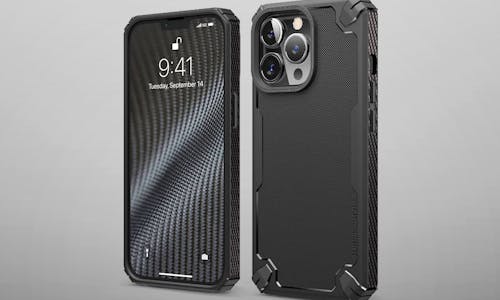BT has rolled out up to 80Mbps broadband to Northlew – a remote Devon village on the edge of Dartmoor using a microwave link.
Instead of rolling out a fibre optic cable to a street cabinet, BT set up a four kilometre microwave radio link at the exchange.
The service delivers the same theoretical top download and upload speeds – 80Mbps and 20Mbps – as an Openreach FTTC (Fibre to the Cabinet) would. Like FTTC, the solution uses copper wires to complete the last mile.

It’s essentially a ‘wireless to the cabinet’ solution (our words, not BT’s). A microwave link was chosen instead of copper due to the challenges posed by the terrain and the costs associated with installing a four kilometer fibre optic connection. BT engineers decided to try a different solution.
Paul Coles regional manager for BT South West said: “Getting superfast broadband to Northlew has been an immensely challenging and satisfying project.
“We knew that it would not be viable to lay a fibre optic cable to such a small remote community, but we were able to make the village one of the first places in the UK to try out this new microwave radio solution.”
The radio link connects to a street cabinet near the centre of the village with around half of the village’s residents and businesses able to order superfast broadband. Plans to connect the remaining 120 properties are underway, but install dates haven’t been finalised.
Superfast broadband is coming to Northlew as a result of the Connecting Devon and Somerset project, a joint venture between BT and the local authorities. It aims to make superfast broadband – download speeds of above 24Mbps – available to 90 per cent of premises across the counties by 2016.
Devon County Councillor James McInnes said: “This is another example of how the Connecting Devon and Somerset programme is bringing superfast broadband to communities who otherwise would not be getting it.
“By proving the value of this new technology, we hope that it will be used in other appropriate locations in the future.”
BT’s ‘wireless to the cabinet’ – how future-proof is it?
BT is considering using the same technology to connect other areas across the county and the rest of the UK where installing fibre isn’t deemed commercially viable. Shortlisted areas include the Gloucestershire village of Hardwicke, which is being covered by the Borders Broadband plan, a joint venture between Gloucestershire County Council, Herefordshire Council and BT.
Connecting Devon and Somerset and Borders Broadband are two of the many BDUK (Broadband Delivery UK) schemes BT has signed up for.
BT hasn’t revealed where else it plans to install microwave links instead of FTTC. Sources at BT have also been unable to confirm if the technology can be upgraded to deliver faster speeds in the future or even reveal what radio frequency the microwave link uses.
Trails of G.fast, an emerging technology has seen BT able to greatly increase the top speeds possible on FTTC lines. BT is also installing FTTP (Fibre to the Premises) connections in certain parts of the country.
Depending which exchange you’re connected to, it’s also possible to pay to upgrade an FTTC line to an FTTP one – although this service is currently very pricey and limited to business customers only.

Leave a Reply